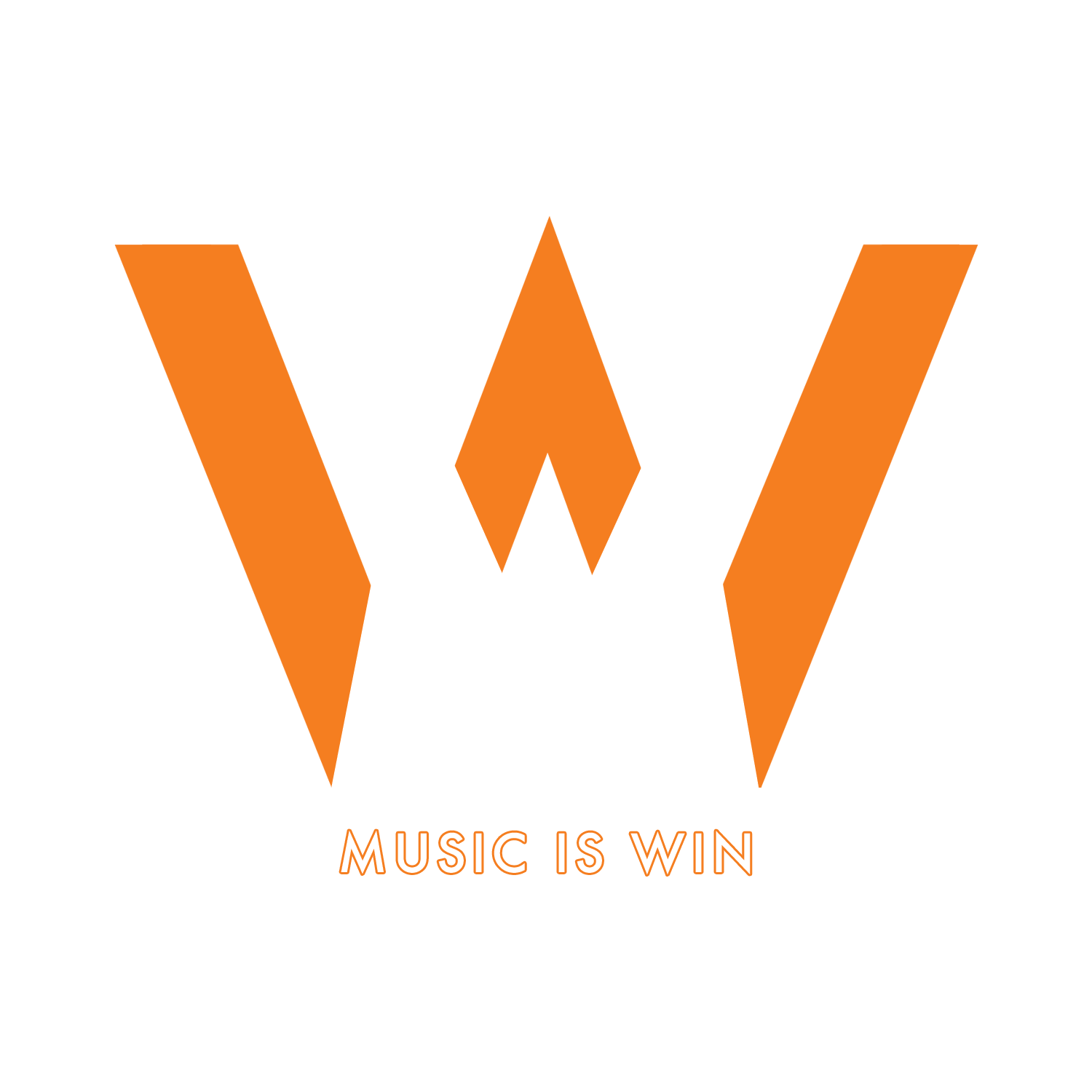What is Tablature?
Reading tablature, also known as tabs or TAB, is a very important skill to have for beginning guitar players. TAB is a great way to begin your quest of learning different music and a new language used by millions of guitar players around the world. You’re going to be very surprised at just how quickly you pick this new skill up!
If you’d like to learn how to read music notation, I highly recommend the book Reading Studies For Guitar by William Leavitt.
How to Read TAB
TAB has six horizontal lines which represent the six strings of your guitar. We will use an E minor chord for our TAB example. The low E string (the thickest string) is represented on the bottom line, while the high E string is the top line. Notice the notes of the strings on the left-most image as they correspond to the different TAB lines, as this will be your first introduction to the notes of the guitar neck.
The numbers placed on each line indicate which fret to press down on to play that note. You’ll only ever the strings with numbers on them. If a string is to be played, it will be written. Otherwise, don’t play that string at all. A zero (0) means a string should be played “open”, with no fingers on any frets of that string. When notes are placed on top of each other like in our example, it means you should play all of those notes at once. This is how chords are conveyed, because a chord is a group of at least two notes.
Let’s take a look at another example. The notes after our E minor chord would be played one at a time. So the sequence would start with the E minor chord, followed by the third string open, second string open, and first string open, then back to the second string open, ending on the third string open. Continue to practice the example at a slow speed until you can switch between the chord and the single notes at a comfortable pace.








Holding your guitar properly is essential to learning without impediment.